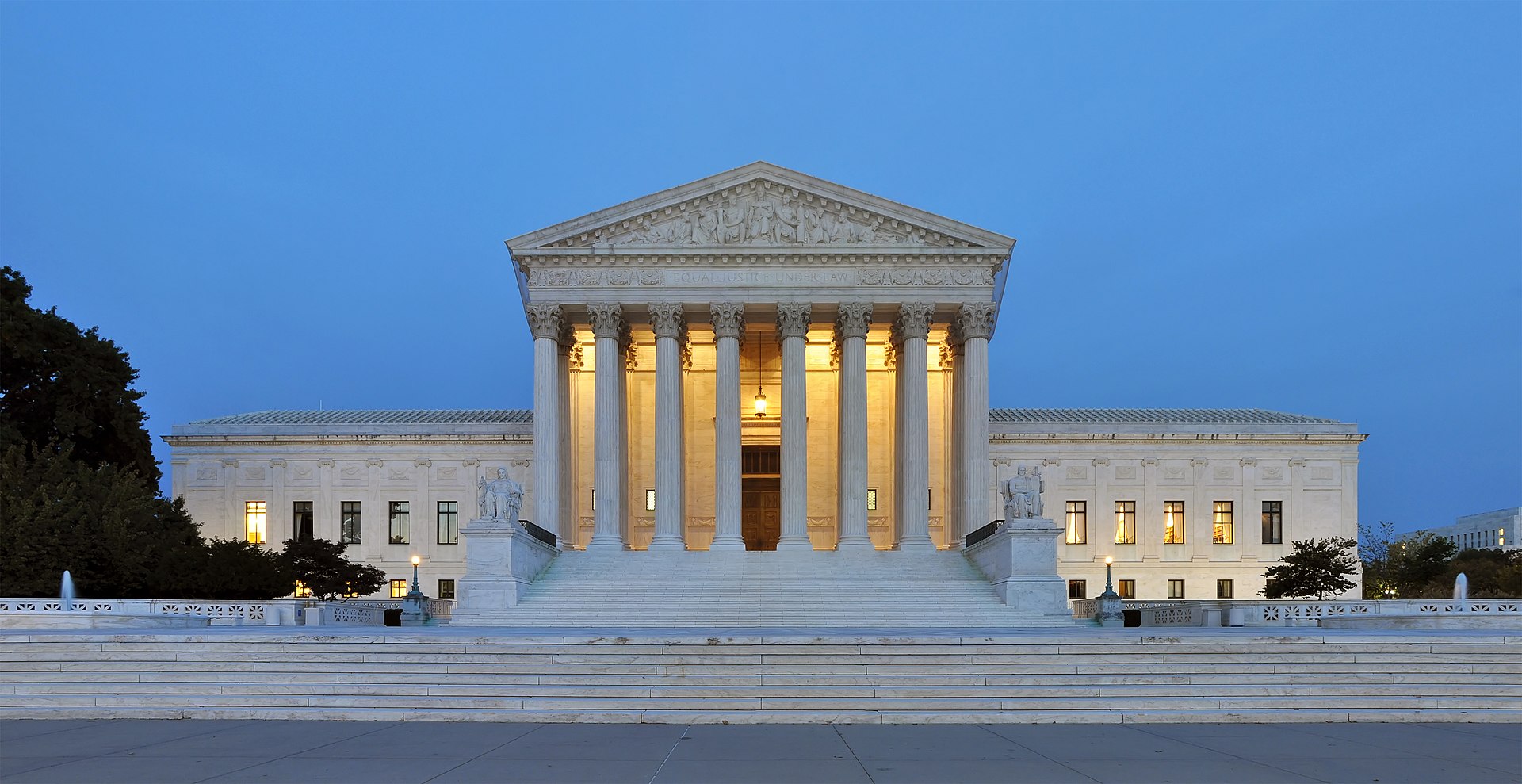It’s been a busy few weeks for the Supreme Court. Among the decisions that are being hailed as the most significant in decades, the court issued Loper Bright v. Raimondo, overturning the 40 year old Chevron Doctrine, which directed courts to defer to an agency’s interpretation of their authorizing statutes. What does fishing for herring (the fact pattern of Loper Bright) have to do with developing outer space? A lot, actually. While space exploration began 67 years ago with the launch of Sputnik, the rules regulating commercial activities in outer space in many ways are just now being written. Agencies from the Federal Communications Commission (FCC) to the Federal Aviation Administration (FAA) to the National Institute of Standards and Technology (NIST) all have open proceedings affecting outer space. And without Chevron deference, all of these agency actions may be subject to challenge.
Loper Bright says that courts must determine what powers agencies hold when an authorizing statute is unclear. The decision does not say that non-expert judges will now have to make critical technical decisions, contrary to what some are saying. Agencies will retain the ability to make factual findings in implementing statutes, especially on highly technical issues, and courts will give them great weight. Administrative law nerds will note that agencies still retain Skidmore deference, the older cousin of Chevron, which still directs courts to provide substantial weight to an agency’s interpretation of statutes, based on the agency’s expertise, procedural due process and consistency in the way it has implemented its authority in the past. Then there’s the Administrative Procedure Act, passed in 1946, after Skidmore but almost 40 years before Chevron, which directs courts to review rules under a relatively low bar requiring appellants to demonstrate that the agency has been arbitrary and capricious. So agency deference is not dead, it’s just no longer a slam dunk.
This is important to the future of commercial space precisely because we’ve never had a National Space Act. Congress has never passed a comprehensive statute clearly assigning authority to specific agencies to regulate commercial outer space development. Agencies have been left to cobble together their authority from enabling statutes that, in many instances, were crafted prior to the space age. And without clear congressional direction, agencies — some with sharp elbows — have crafted a regulatory regime for outer space that, as I wrote for Utah State University’s Center for Growth and Prosperity, is full of “gaps, overlaps, and stovepipes.”
Yes, the FCC has statutory authority over allocating and licensing spectrum for space communications. But the FCC wants to regulate major aspects of in-space servicing, assembly and manufacturing (ISAM) that go well beyond simply spectrum use. And the FAA has statutory authority over licensing launch and reentry of rockets. But the FAA wants to impose rules on rocket upper stages that will affect them after they obtain orbit, a domain over which Congress has explicitly denied the FAA authority. Finally, NIST has been tasked by the White House to develop a framework around government march-in rights on patents developed using government grants. Each agency was doubtless counting on courts to immunize these decisions from legal challenge under Chevron deference.
In April, TechFreedom filed comments at the FCC questioning their authority over ISAM operations. We also filed comments at the end of June questioning whether the FCC even has statutory authority to issue orbital debris rules. Last December, we warned the FAA that its authority over launch and reentry might not apply to what happens to upper stages left in orbit. All of these comments contemplated what might happen after Loper Bright.
Chief Justice Roberts’s opinion also implicates Congress in this inter-branch scrum. It is up to Congress to make clear what powers it is delegating to agencies. If it wants the agency to promulgate rules of a certain type, it needs to tell the agency to do so. And that’s exactly what Congress needs to do with regard to commercial outer space development. We need a National Space Act that clearly assigns regulatory authority to the relevant agencies, but also provides the necessary guardrails against agencies making overlapping, or worse, conflicting rules. Bills like H.R. 6131 are a good start but must be retooled after Loper Bright to better define agency rulemaking authority, when deference is appropriate, and how it should work. As I testified before the House Space Subcommittee last year:
Congress’s task is to find a balance on the continuum between “permissionless innovation” (where nearly anything goes), and the “precautionary principle” (where the government must micromanage and approve every activity by U.S. citizens in space). This is a hard, but necessary, task if we wish to continue to be leaders in the cislunar economy going forward.
Here’s hoping that Loper Bright prods Congress into action to provide a clear framework for commercial development and American leadership on the high frontier.
James E. Dunstan is Senior Counsel at TechFreedom and the founder of Mobius Legal Group, PLLC. He has more than 40 years of experience in administrative and outer space law.
Related
Read the original article here
